It’s getting cold out there, and we are slowly getting ready for the Christmas holiday. We love this time of the year, but our minds wander to sunny Italy and the memories of May holiday in Sicily. We want to take you on a virtual trip to Cefalu that we visited and fell in love with its charming scene. We stayed near Palermo and made a day trip there, but you could use it as a base for your beachside break and make some trips from there.
Cefalu is located on the northern coast of Sicily, about 70 km from Palermo. This picturesque historic town and ancient fishing port became a pearl of the Tyrrhenian Sea and served as a gateway to the Madonie Park. The best time to visit is April-May or September-October. The beach is not crowded during those months, but the shops and restaurants are open. Cefalu features sandy beaches, elegant alleys, medieval buildings and a rocky headland. The town was significant enough that one of Sicily’s Norman rulers, Roger II, built a glorious cathedral here. There is so much history here that involves Arabic, Spanish, French, Norman and Italian influences. It reminiscence a cultural melting pot and that makes it an exciting place to be.
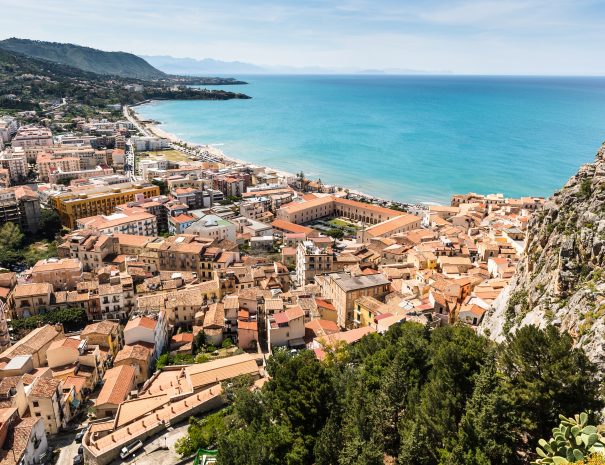
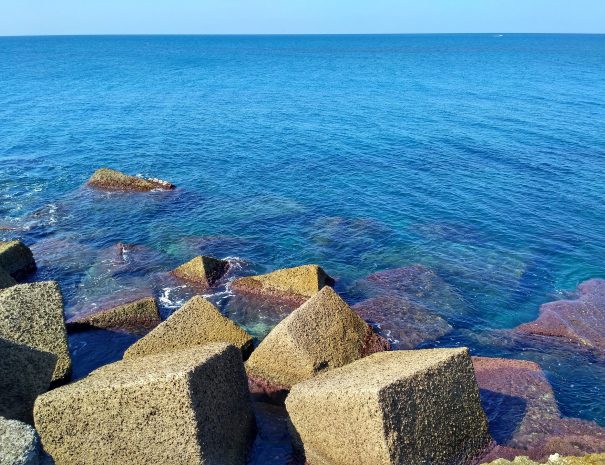
We would suggest starting your day with some delicious Sicilian breakfast – coffee and pastries like treccine (twist shaped), millefoglie, ciambelle or a great alternative brioche and granita – a combination of a sweet soft bun with the legendary Sicilian sorbet to wake you up. Then head to the old harbour (porto), always busy but very atmospheric. Have a stroll, sit for a while and enjoy the world go by.
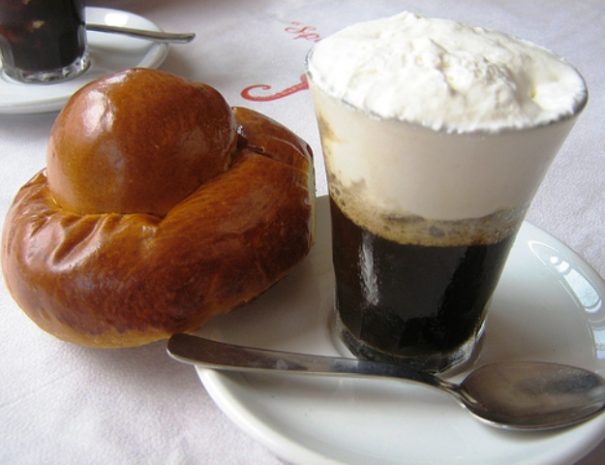
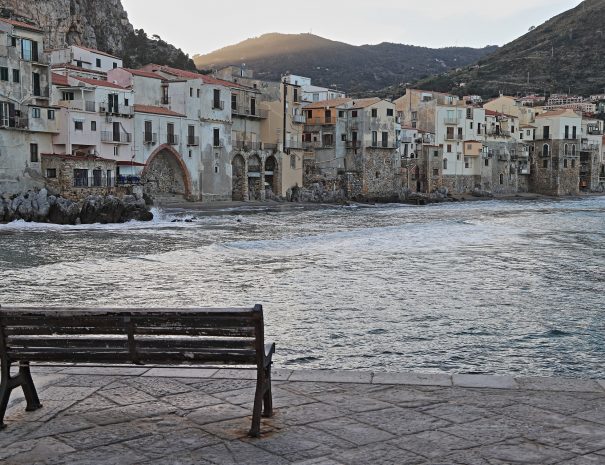
The must-see place to visit is Duomo – two-towered Norman cathedral. Each tower is built in different style, one symbolising the church power and the other one the kingdom power. The structure is particular as it resembles a fortress. A unique element to point out is the front porch with some beautiful paintings on the sides. The interior of the cathedral has a Latin cross plan and includes many masterpieces located in the cloister area. At the same time, the presbyter is featured by a beautiful mosaic created by twelfth-century Byzantine artists.
Towering above the town and Duomo is the massive rocky hill called the Rocca. Hike it up (it’s a 284m climb) to reach some superb views on Palermo in the west and Capo d’Orlando in the east. You can also find here various bits of old fortifications. Near the top, you’ll reach the ruins of the so-called ‘Tempio di Diana’ (temple of Diana). Be sure to take a moment to visit them. From here you can enjoy a fantastic view over the old town, and the orange groves.
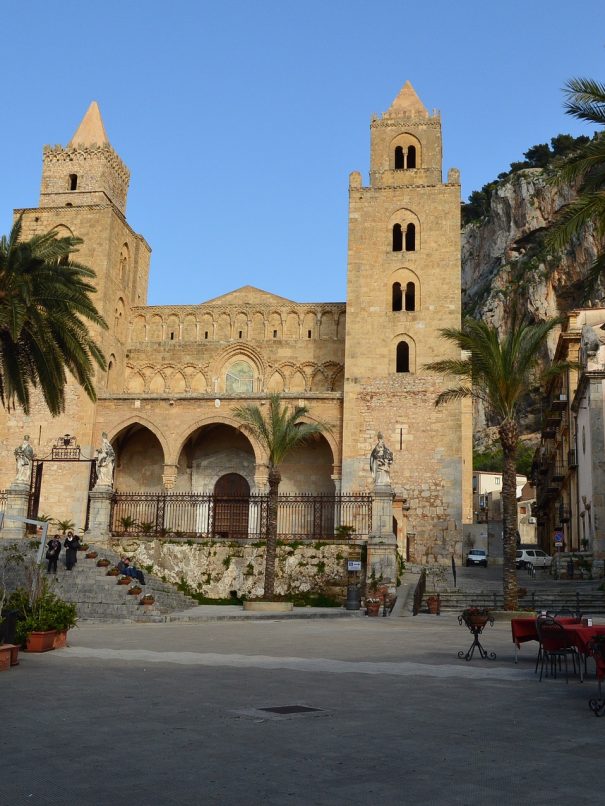
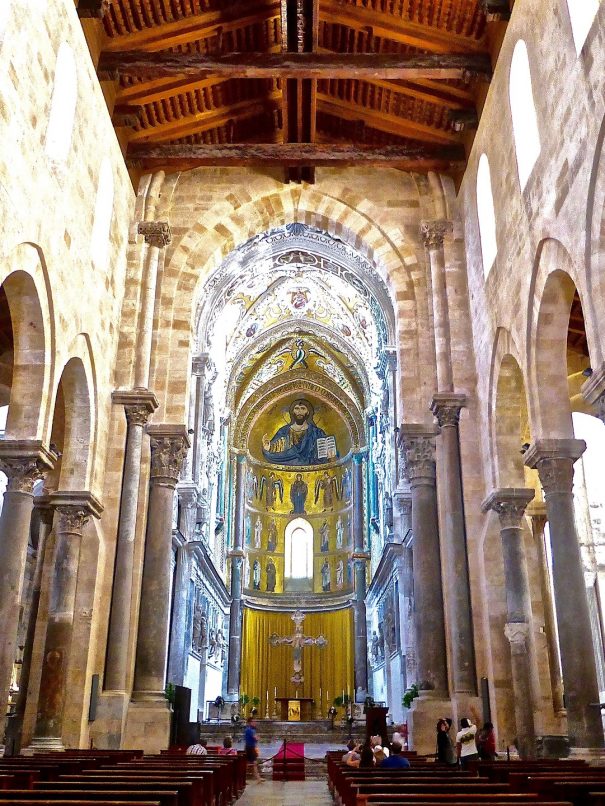
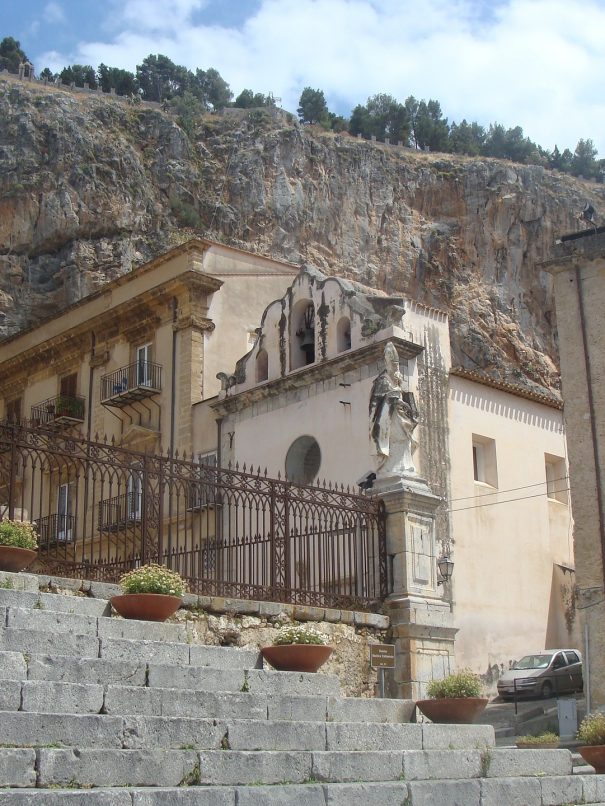
Worth checking out is another site called The Lavatoio – a Saracen wash-house (situated on Via Vittorio Emanuele) where people washed clothes in a river (allegedly it was formed by the tears of a mourning nymph). It’s a beautiful example of life in ancient Cefalu, that takes you back in time. The wash house features a lava stone staircase and by basins that collect the water that flows from a series of cast iron mouths. Locals used the Lavatoio Medievale well into the 20th century, and in the summer of 1991 the entire area was restored.
Osterio Magno in Corso Ruggero is another area worth seeing. It’s the remaining part of a large 13th-century palace that rises in the historic centre. It was built by Ruggero then enlarged and fortified by the powerful Ventimiglia family who handed it down from generation to generation until 1602.
Next stop is Mandralisca Museum located in the old residence of the baron Enrico Pirajno of Mandraliscato. Here you can admire a fantastic library and several archaeological finds. The museum also holds the extraordinary “Portrait of an Unknown” by Antonello da Messina and a rich collection of shells, consisting of more than 20,000 specimens from all over the world.
For getting an original photo head to Porta Pescara – the only surviving of the gates that allowed, (in ancient times) the entrance into the city. It is located in the old part of the town, near the beach and the ancient port. Beautiful and of historical importance, this landmark is one of the favourite spots for photos in Cefalu.
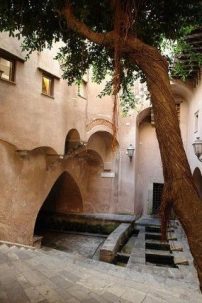
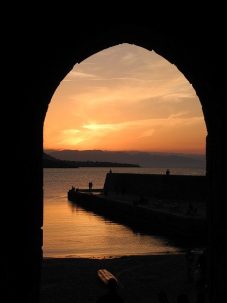
Finally, after all the visiting, you deserve some time for a quick swim. Cefalù boasts many beaches among which we suggest the beach Capo Playa loved by surfers for the winds that blow there, as well as the beach of Salinelle, the beach of St. Ambrogio and Caldura beach.
Around Cefalù, there are many fantastic places to visit including the Sanctuary of Gibilmanna, a destination for pilgrimages and a place of prayer that preserves works such as the statue of St. John the Baptist, the statue of St. Helena and the marble statue of Our Lady of Gibilmanna. Another example is Himera Archeological site – the city dating to 648 BC that held a celebrated, elevated temple in the past. Today the remains of the grand temple are visible within its steps and pieces of the columns.
For the nature lover, there are Madonie mountains, where you can ski in winter and hike in spring and autumn. Madonie Park is a regional natural park that includes the Madonie massif, which peaks reach 2,000 meters above sea level. The park is on the list of Unesco World Geoparks since 2015. It consists of 15 municipalities of the metropolitan city of Palermo, including Cefalù, and hosts over half of the Sicilian plant species. It spreads over 40 thousand hectares of a natural landscape rich in oaks, birches, holm oaks and beeches. The area is inhabited by hares, hedgehogs, wild boars, fallow deer, eagles and hawks. Spend a few hours in here, opting for one of the 20 trails of varying difficulty.
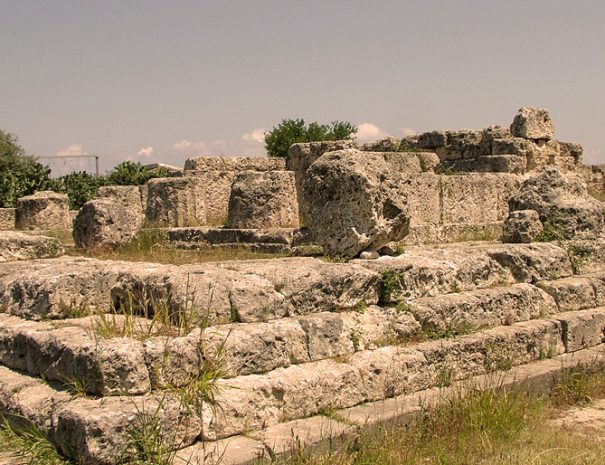
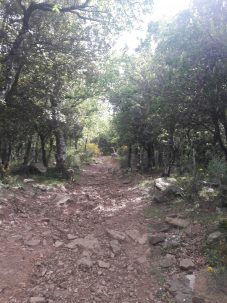
The city of Palermo is only an hour away by train or car. What to see in one day in Palermo? Undoubtedly the historical centre including all the main sights such as The Cathedral, Fontana Pretoria, Palazzo dei Normanni, Palatine Chapel, Teatro Massimo, Church of the Martorana, the Church of Santa Maria dell’Ammiraglio, Sanctuary of Santa Rosalia, I Quattro Canti. Then head to one of the historical markets of the city (our favourite one is Ballarò), finally to reach a moment of relaxation in the beautiful beach of Mondello.
Another option is to visit the volcanic Aeolian Islands by hydrofoil. The boat trips, run from March to November, have different durations depending on the itinerary. The shorter tour includes the smaller islands of the archipelago. The most extended trip consists of the exploration of Stromboli and Panarea with return in the late evening.
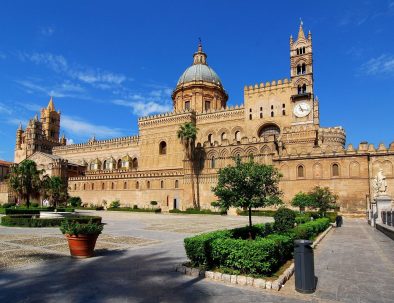
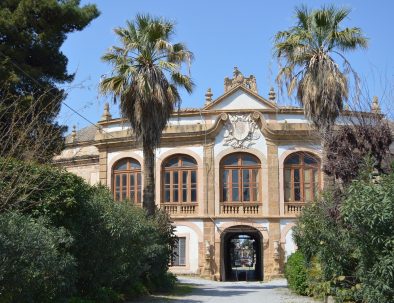
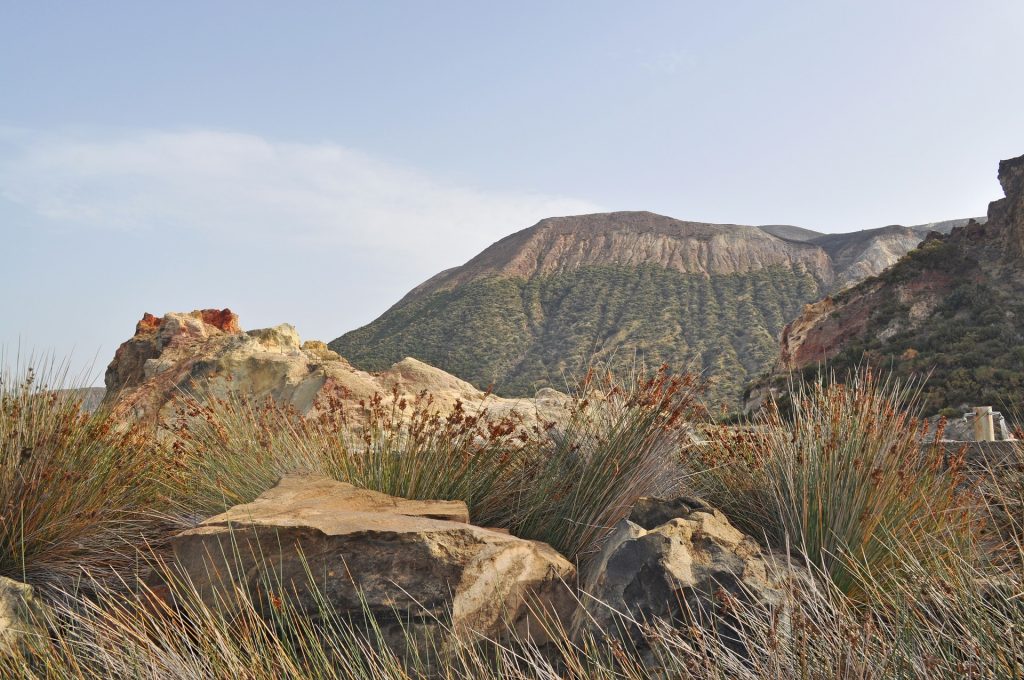
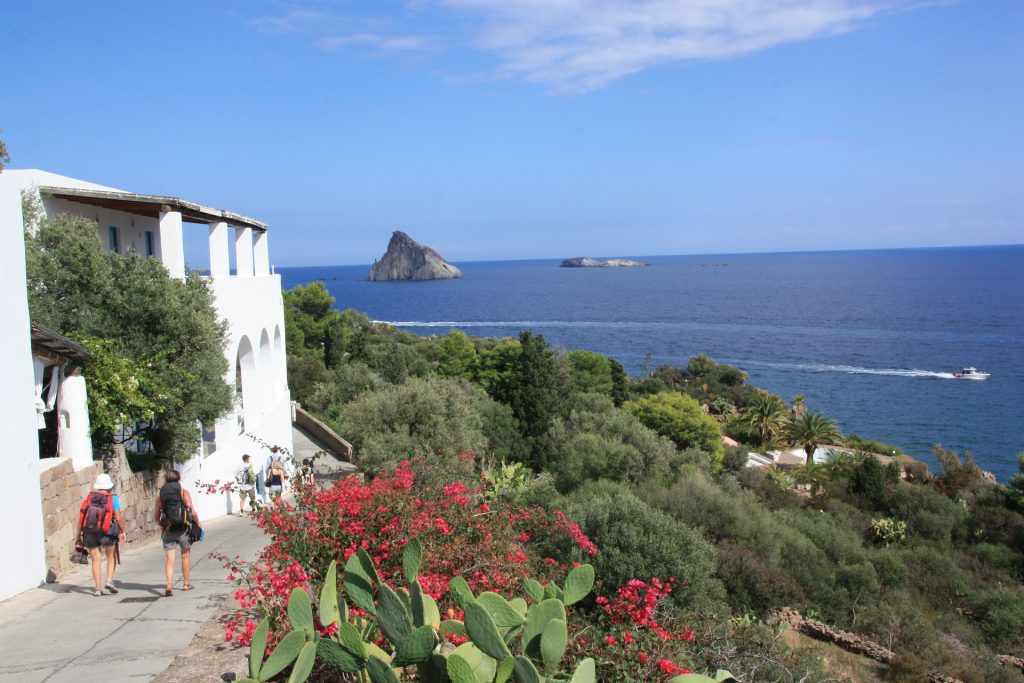
Let’s get back to Cefalu and things we are most passionate about – FOOD! What to eat in Cefalù? We suggest heading to harbour and getting some fresh catch of the day. But before that take a primo – pasta with sardines, swordfish and pistachio breading. Another favourite of ours is Pasta chî sàrdi (Pasta con le sarde) simple pasta dish (supposedly Arabic origins). It is a fantastic combination of flavours and textures. It is usually served with bucatini pasta type, and the sauce flavoured with saffron and made with the sardines, wild fennel, pine nuts, and sultanas.
In this area of Sicily, it is possible to taste some gastronomic wonders, such as the Arancini, a sort of fried rice balls, stuffed with pork/veal meat, and peas and coated with bread crumbs. We recommend getting them as a snack or during aperitivo time.
Some other specialities include Pasta taianu (typically cooked in the period August 4 to 6), it consists of layers of pasta with meat, fried eggplant, pine nuts, raisin and pecorino cheese; Frittedda (a type of stew) based on vegetables: fresh broad beans, peas, and artichokes sautéed in a pan with oil and vinegar; Sfincione (Sicilian pizza) bread dough stuffed with spicy salami, caciocavallo and onion, and the Sarde alla Beccafico, (Sicilian stuffed sardines) these are sardines stuffed with raisins, pine nuts and breadcrumbs then baked until golden and crisp.
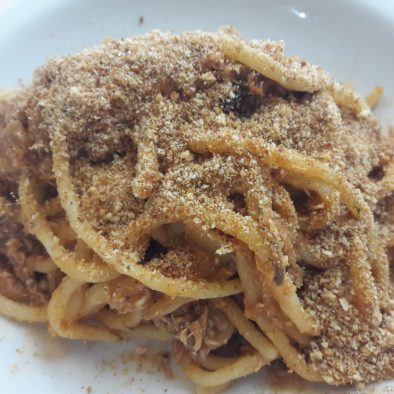
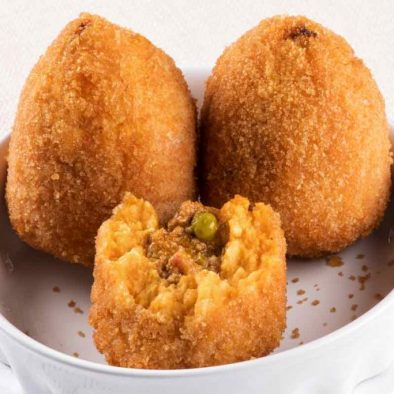
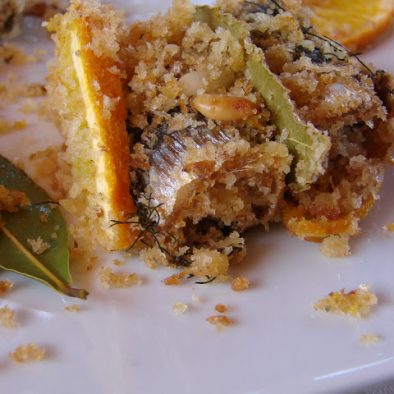
Among the desserts, it is crucial to remember the Sicilian Cassata made with ricotta and candied fruit and the Cannolo – sheep’s milk ricotta that is enclosed in a tube (shaped fried wafer) together with dark chocolate drops and candied cherries. Then there are Amaretti, biscuits made with bitter almonds, and the Torrone, rich in honey and eggs. Let’s not forget gelato and famous Sicilian granita – prepared only with strictly fresh fruit without the addition of syrups. They are an essential ritual throughout the island, lighter and more refreshing than the ice cream. Choose among coffee, almond, pistachio flavours or less popular ones like strawberry, chocolate, figs, mandarin, orange to be enjoyed with or without whipped cream and brioche, for something super unique try some Sfoglio of Madonie, a traditional Cefalu’s cake. The recipe dates back to 15th century when the Benedictine Nuns of a Monastery located in Polizzi Generosa, made the cake to celebrate their Protector Saint Benedict. Its main ingredient is the tuma cheese, being the first cheese deriving from the milk making.
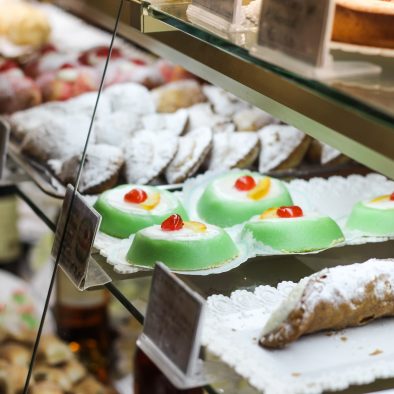
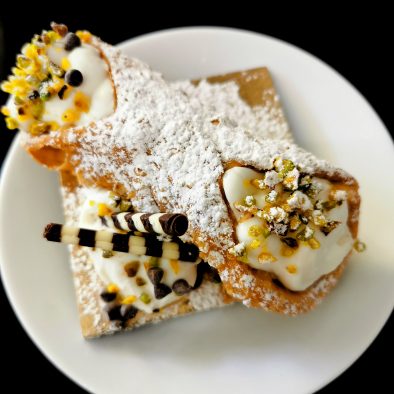
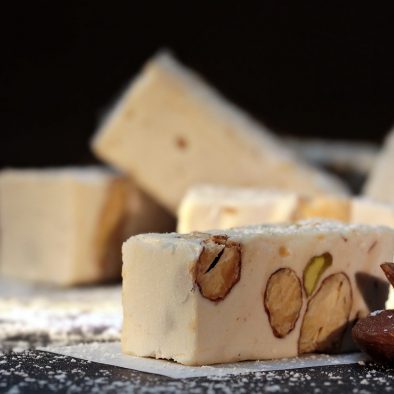
The beauty of Cefalù and the surrounding area is reflected in the wine-making. We suggest taking a lovely excursion among the leading wineries of Cefalù and the Madonie area, where the traditions, stories and time blend together to create a unique product. Discover elegant Sicilian wines in the glorious Abbey of Santa Anastasia, by taking a guided tour of the cellars, followed by a tasting session with some rare and exquisite wines. This vineyard is located in Castelbuono and covers 65 hectares of hilly terrain. The wines are produced according to the organic production method and recently converted to biodynamic. The estate of over 400 hectares includes the relais that consists of 28 rooms obtained from the conservative restoration of the ancient Abbey built by Ruggero d’Altavilla.
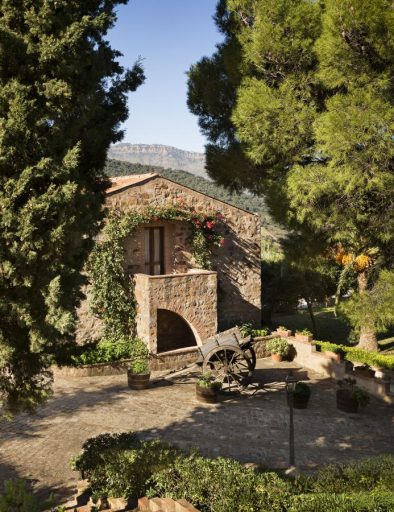
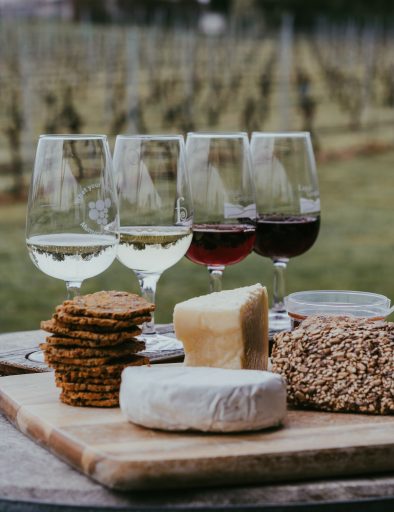
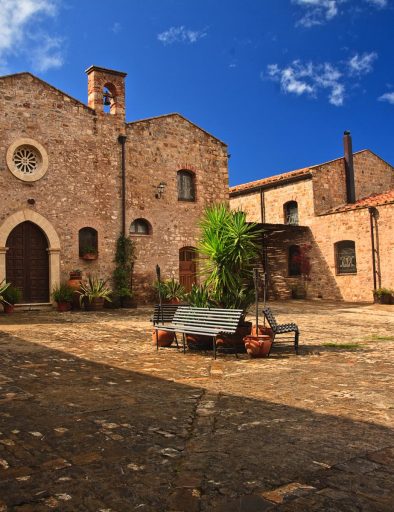
We hope that we convinced you of the extraordinary characteristics and beauty of the Cefalu area. We think it’s a perfect place to start your Sicilian adventure so let’s start planning it!

